Improve Faculty Recruitment and Belonging on Campus
Just as student populations on college campuses have grown and evolved over the past several decades, faculty recruitment and retention is also evolving and remain persistent challenges for many institutions. Departments struggle not only to attract top candidates but also to support faculty in advancing to leadership roles and higher ranks. Strengthening faculty success begins at the departmental and hiring committee level, where efforts must go beyond filling current openings to also building long-term pipelines that prepare and support future faculty members.
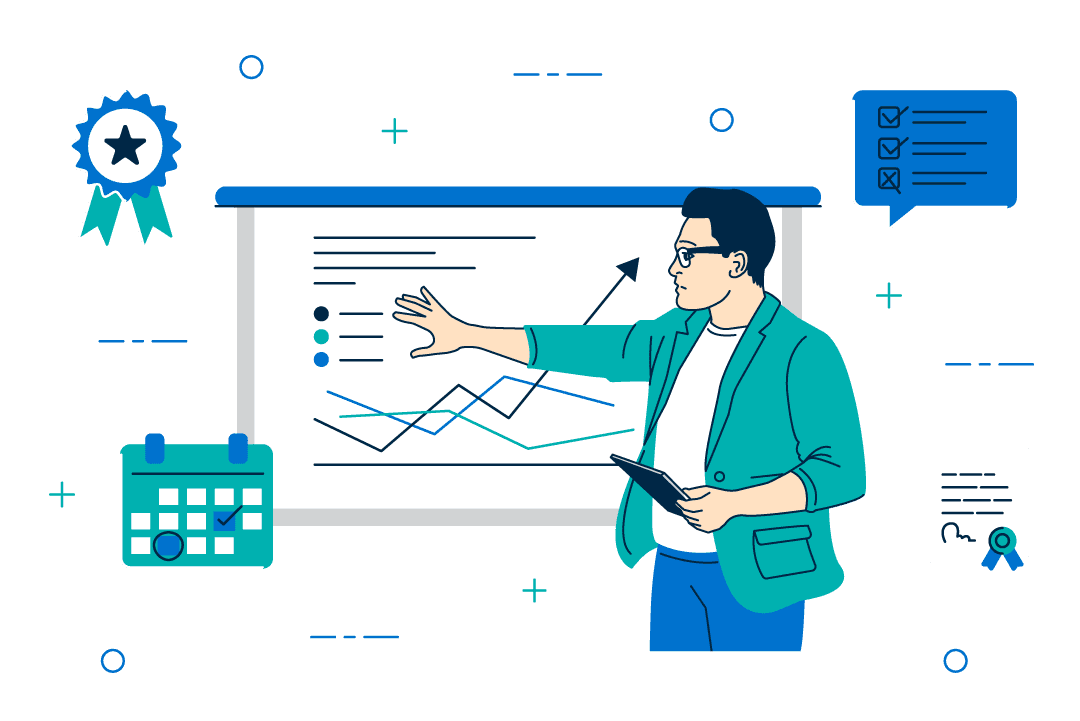
Who’s responsible for ensuring diversity in hiring
The first step institutions should take toward improving faculty diversity is addressing the hiring process for positions that are already open. Improving diversity and inclusion in hiring often falls prey to the common adage that “if something is everyone’s job, it’s no one’s job.”
Though department chairs, deans, central administrators, and individual faculty members all have a role to play in diversifying the faculty, it’s important for leaders to clarify those roles at the outset. When responsibilities are aligned at the right level, and all individuals know their own responsibilities, they are less likely to duplicate work or assume that a key responsibility already has someone in charge.

Now that you've clarified key roles and responsibilities

How to reduce bias in the hiring and onboarding process
Even with the best intentions, search committees can unintentionally perpetuate demographic gaps in hiring. Unconscious bias among committee members, exacerbated by poorly defined search and evaluation criteria, can prevent underrepresented faculty from advancing through the hiring pipeline.
However, it is possible to reduce the impact of unconscious bias by reforming each step in the hiring timeline, from using inclusive language in position descriptions to setting agreed-upon, explicit search criteria for committee members.
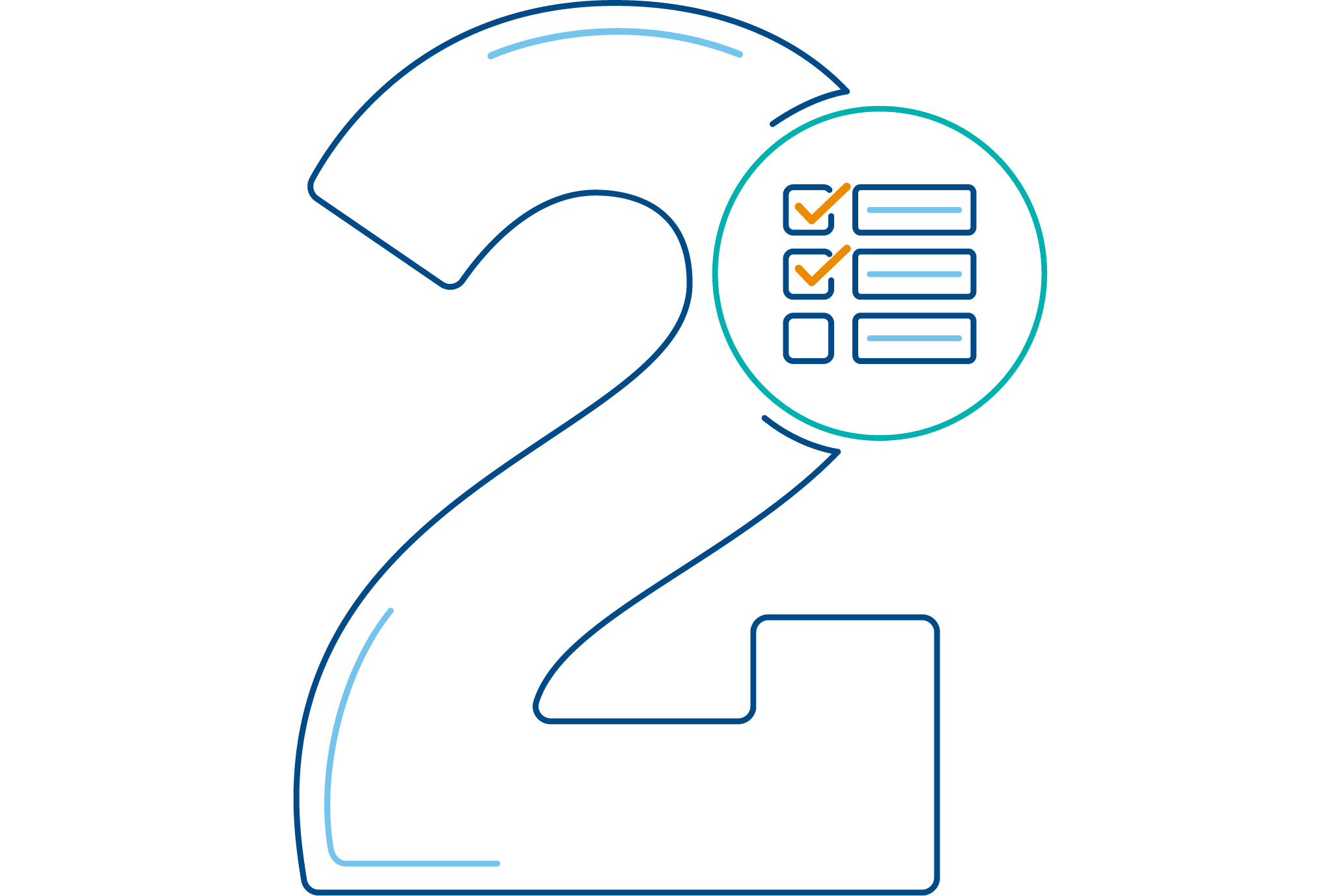
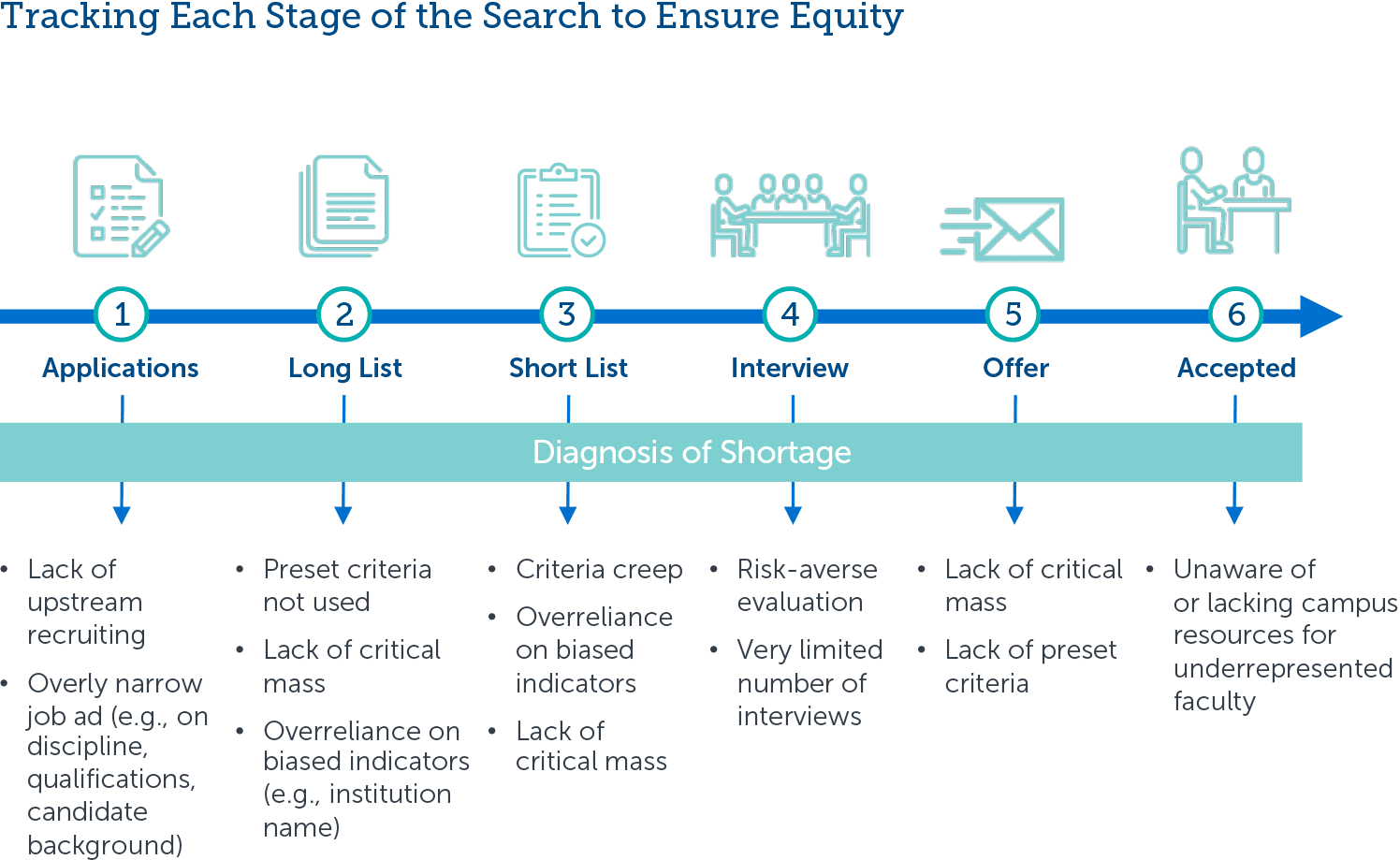
Now that you've seen the best practices on reducing bias

What metrics to track to evaluate hiring effectiveness
Much of the daily work of improving diversity and inclusivity relies on academic departments and hiring committees to make strategic decisions about how they support faculty throughout their careers.
To understand how each department does (or does not) contribute to institutional diversity goals, the best evaluation criteria measure specific departmental actions or key opportunities to mitigate bias and support diversity in hiring and advancement. Departments should evaluate changes in the demographics of hiring pools as candidates progress through each step of the hiring process.
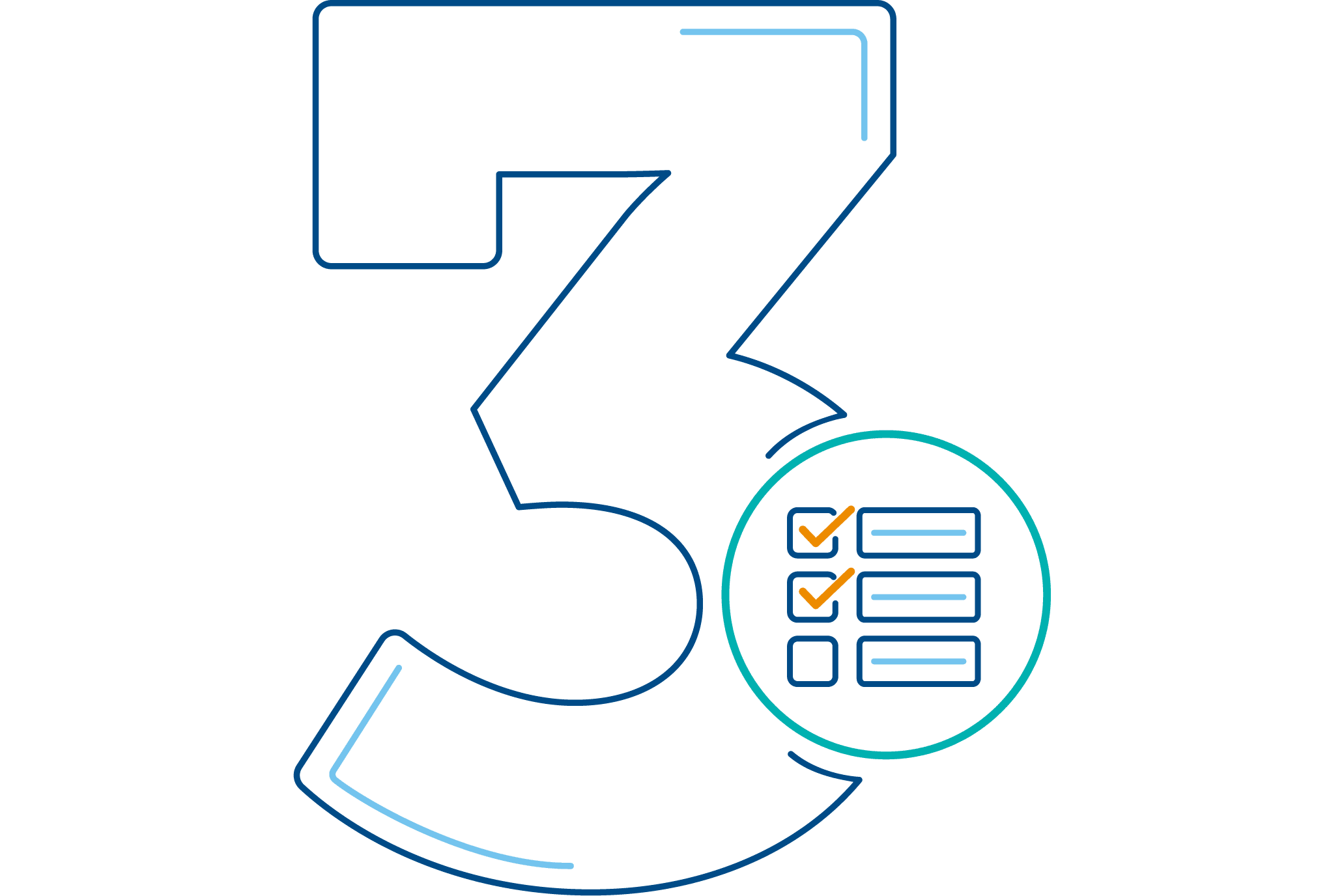
Now that you've seen the analyses

Where to find diverse candidates for future hires
Due to the time and resource limitations on the typical faculty recruitment process, recruitment and networking shouldn’t begin only upon the allocation of a line.
Departments should take advantage of year-round activities like conference attendance and on-campus programs for graduate students to create their network of possible candidates so that a wide pool is available upon the start of a search.
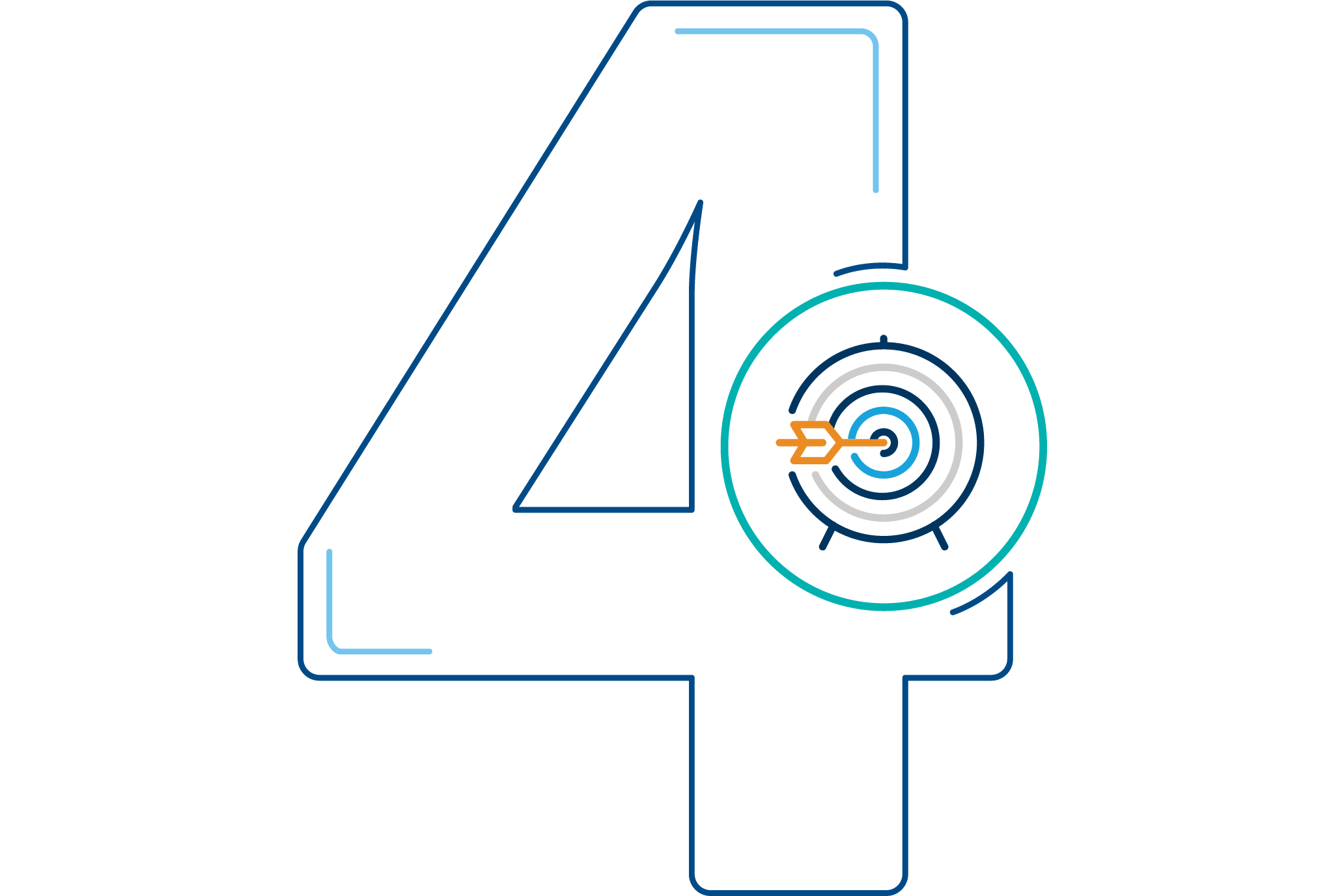
Now that you know the best practices on faculty cohorts

How to sustain momentum with equitable career advancement practices
Tenure and promotion processes often rely on implicit assumptions about the types of research, teaching, and service activities that qualify faculty members for career advancement. Mentorship from senior colleagues can help faculty navigate these hidden assumptions, but mentoring relationships are often developed informally and among members of majority groups.
Departments and colleges can reduce promotion disparities by setting transparent criteria for each career stage and creating formal, structured mentoring programs that offer opportunities for faculty to gain insight and feedback from multiple types of colleagues.

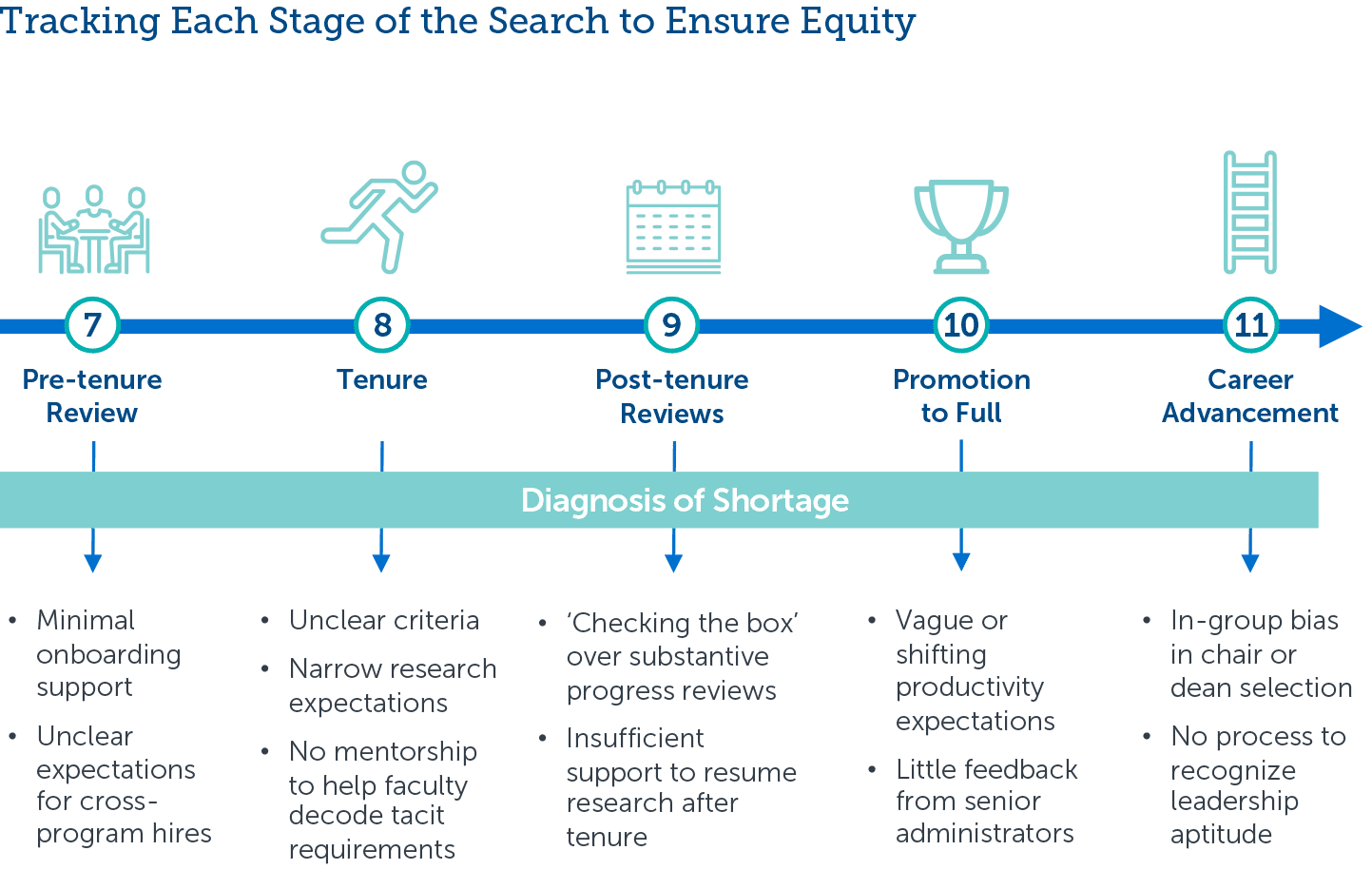
This resource requires EAB partnership access to view.
Access the roadmap
Learn how you can get access to this resource as well as hands-on support from our experts through Strategic Advisory Services.
Learn More